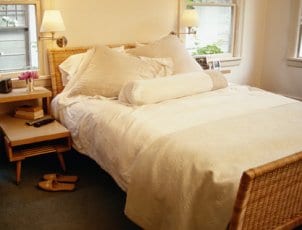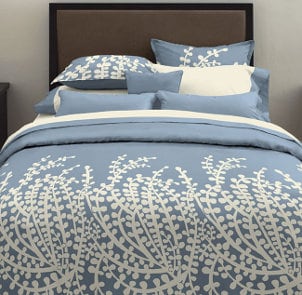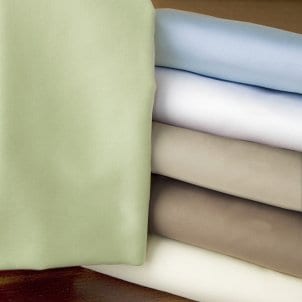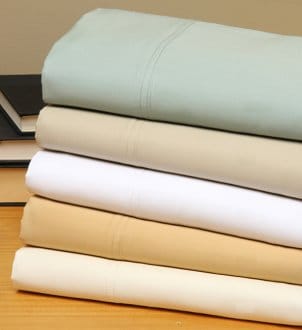
Things You Need:
- Flat surface
- Fitted sheet
Having an organized linen closet is easier than you think. Don't be intimidated by fitted
sheets; the elastic around the edges makes it hard to fold them by conventional means, but they are quite manageable once you know how to handle them. Here is a quick and easy tutorial for mastering the task of
folding a fitted sheet. These steps can be used on any size of fitted
bedding. You might need to make adjustments depending on how small you want the folded sheet to be; for example, if you are folding a king sheet you may want to fold it into quarters instead of thirds.
Instructions:

- Place your hands in two of the corners of the fitted sheet, with the rough seams facing outward.
- Bring your hands together and fold one corner over the other so that both corners are now on one hand and the finished seam side is on the top.
- Pull up a third corner and fold it over the other two. The rough seam should be on top now.
- Grab the fourth corner and fold it over the other three with the finished seam on top. All four corners should be on one hand now.
- Straighten the sides, so there will be no wrinkles and the sides hang nicely. Lay the sheet down on a table or bed.
- Fold the sheet into thirds with the elastic in the middle. Then fold in thirds again to find your finished product: a beautifully folded sheet guaranteed to make any linen closet look better.
Tips:

- Make sure all of your sheets are thoroughly clean and dry before storing them.
- Try placing a dryer sheet in your linen closet to help your sheets and other bedding smell fresh longer.
View All Sheets






